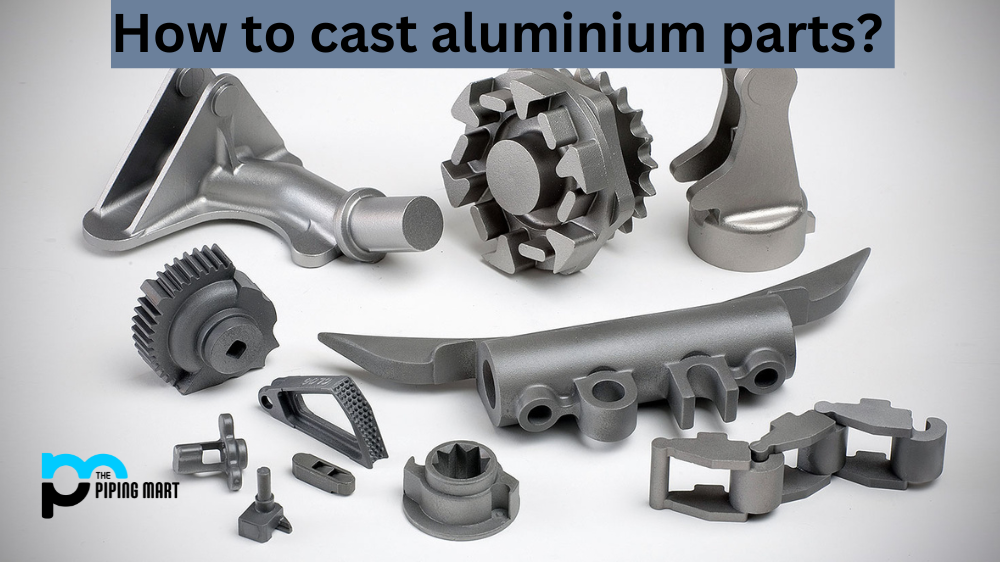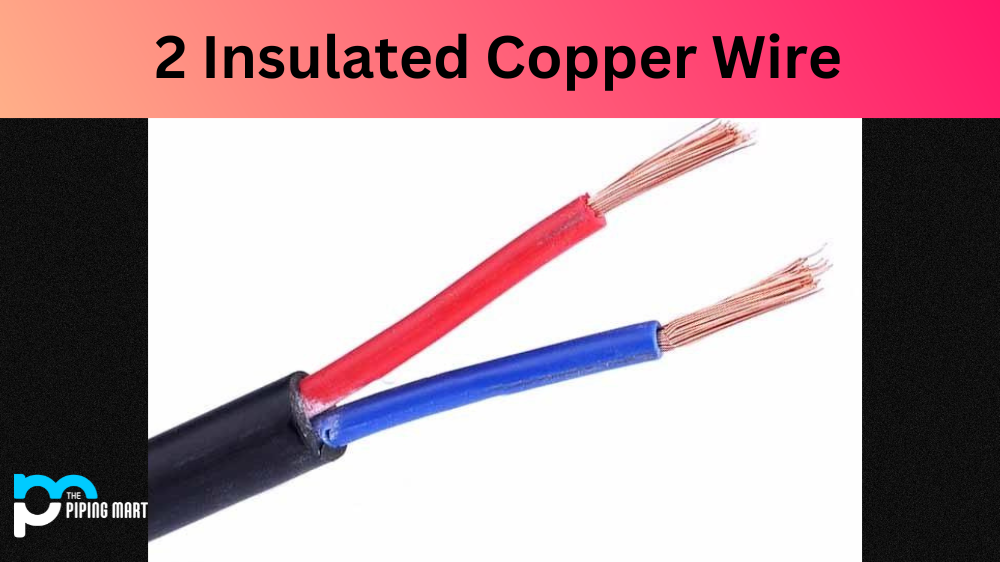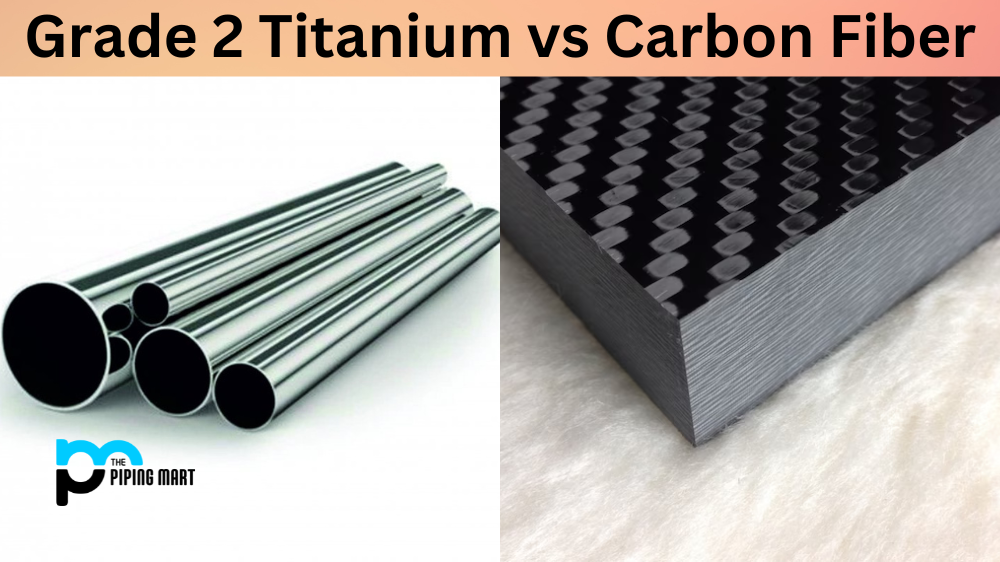Casting aluminium is a popular choice for creating parts due to its malleability, strength, and durability. It’s relatively easy to cast parts from aluminum, but it does require some knowledge of the process. In this guide, we’ll provide an overview of the steps involved in casting aluminum parts so you can get started with your project.
Gathering Materials & Preparing the Area
To get started, you’ll need to gather all the materials for your project. This includes the following:
- Aluminium alloy (6063 or 6061 are suitable)
- Moulding sand or resin-bonded sand
- A furnace capable of reaching temperatures of 650–700°C
- Protective clothing and gloves
- Safety glasses
- Metal ladles/crucibles
- Crucible tongs Once you have gathered all your materials, make sure that you have prepared a safe working space with adequate ventilation. Donning protective gear is also essential before beginning casting.
Melting & Pouring the Aluminium
Once your workspace is set up, it’s time to begin melting the aluminium in the crucible. You can use either gas or electrical furnaces; however, gas furnaces tend to be more efficient and cost-effective when melting large quantities of aluminium. Electric furnaces reach higher temperatures but can be expensive to run over long periods of time. When melting aluminum, be sure to do it slowly in order to prevent any impurities from entering the metal during heating. Once melted, you can use either a ladle or pouring shank to pour the molten metal into your mould cavity—but take care not to pour too quickly as this could cause air bubbles in the finished part.
Cooling & Finishing
After pouring your molten metal into the mould cavity, allow it plenty of time to cool down before attempting to remove it from its mould—this could take up to several hours, depending on how large your part is and what temperature you heated it at. Once cooled completely, carefully remove it from its mould using appropriate tools, such as an angle grinder or hacksaw blade if necessary. To finish off your part, you can use various techniques such as tumbling media or polishing compounds until you achieve a high gloss finish—or leave it as is for a more rustic look if desired!
Conclusion:
Casting aluminum parts is relatively straightforward once you know what steps are involved in the process—from gathering materials and preparing a safe workspace through melting and pouring molten metal into a mould cavity right through cooling and finishing off your part with polishing or other techniques for a high gloss finish or rustic look! Knowing how each step works will help ensure that you create quality parts each time that meet both safety standards and customer requirements alike. With patience and practice, casting aluminium parts will become second nature—so don’t be afraid to give it a go!
Rachana is a dedicated and ambitious young woman who has made a name for herself in the metal industry. From her earliest days in the industry, Rachana showed a natural talent for problem-solving and a keen eye for detail. In her free time, She enjoys reading up on the latest advancements in the industry, as well as exploring new ways to innovate and improve upon existing processes.




